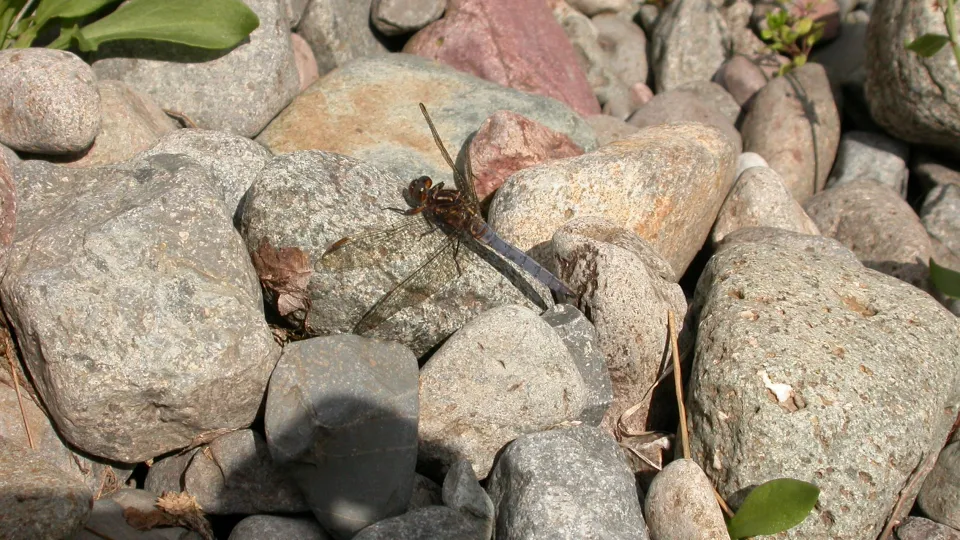
Keeled skimmer
The Keeled skimmer is a dragonfly of heaths and commons with shallow pools. It has a skittish and weak flight, and is on the wing in summer and early autumn.

The Keeled skimmer is a dragonfly of heaths and commons with shallow pools. It has a skittish and weak flight, and is on the wing in summer and early autumn.

The Black darter is a black, narrow-bodied dragonfly that can be seen throughout summer and autumn. It is hovers around damp moors, heaths and bogs, darting out to surprise its prey.
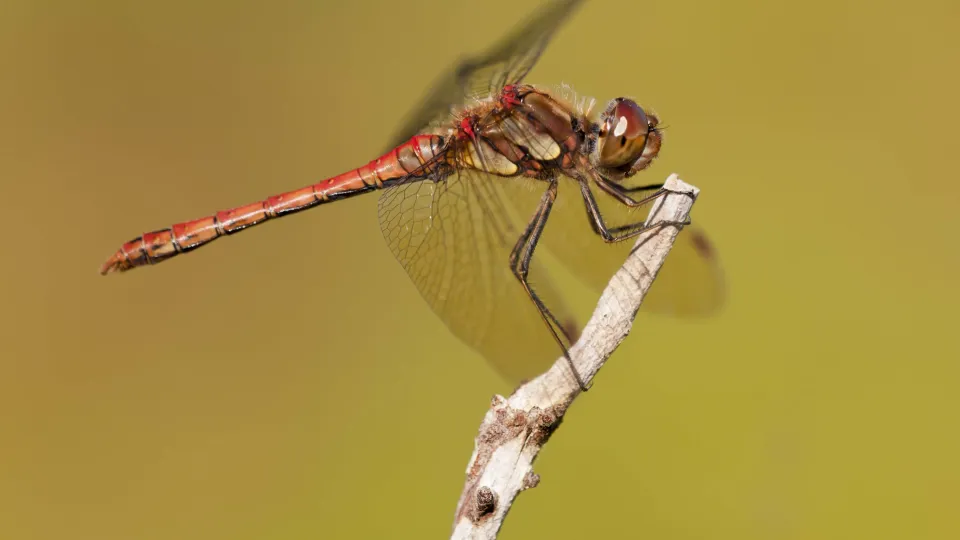
The Common darter is a red, narrow-bodied dragonfly that can be seen throughout summer and autumn. It is hovers around all kinds of waterbodies, darting out to surprise its prey.
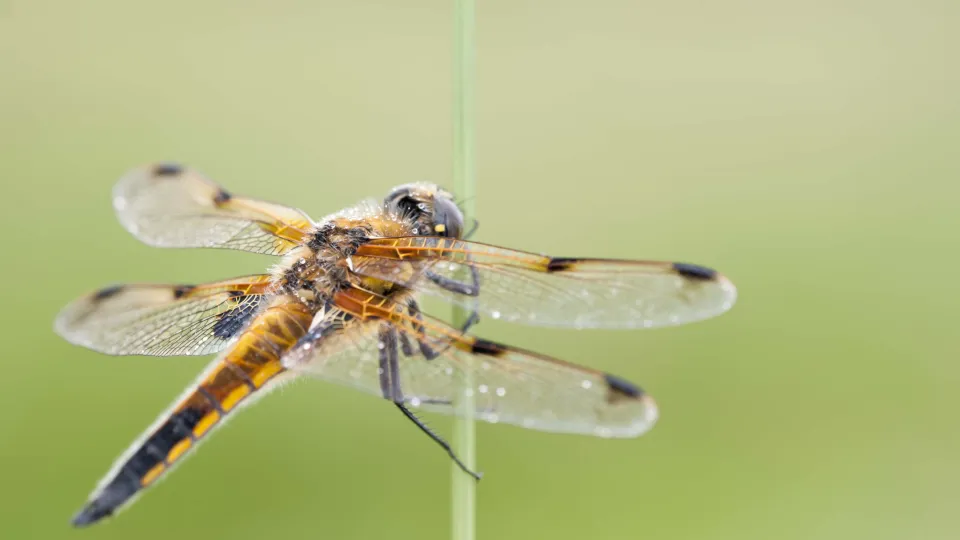
The Four-spotted chaser is easily recognised by the two dark spots on the leading edge of each wing - giving this species its name. It can be seen on heathlands and near ponds and lakes.
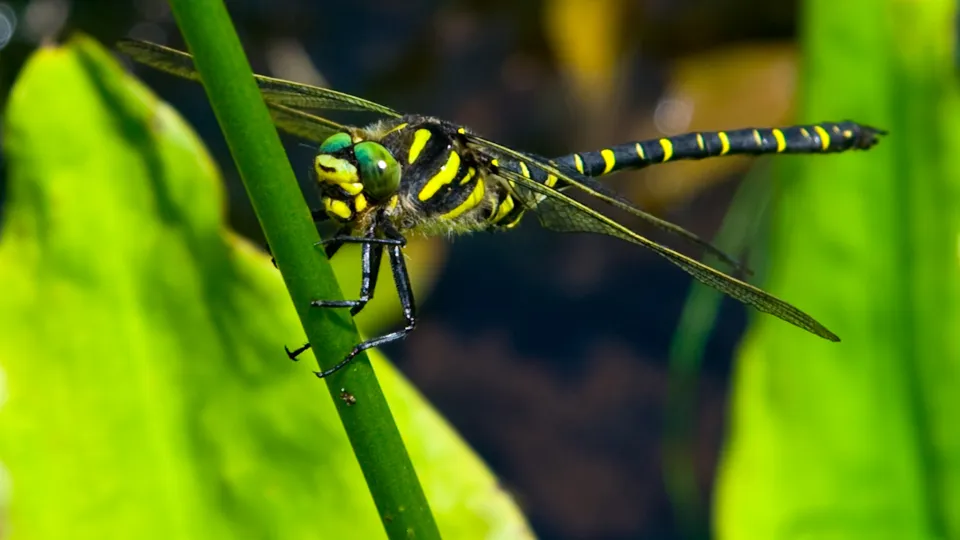
A voracious predator that will even eat other dragonflies, the golden-ringed dragonfly is the UK's longest species. It can be found around acidic streams in moorland and heathland habitats.
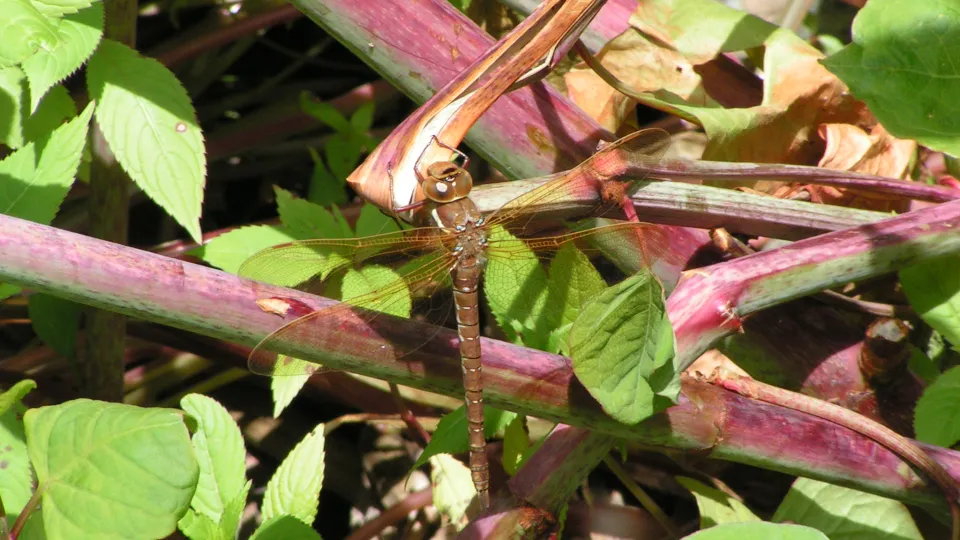
A common dragonfly of canals, marshes, reedbeds and lakes, the Brown hawker can be seen patrolling the water or 'hawking' through woodland rides. It is easily distinguished by its chocolate-brown body.
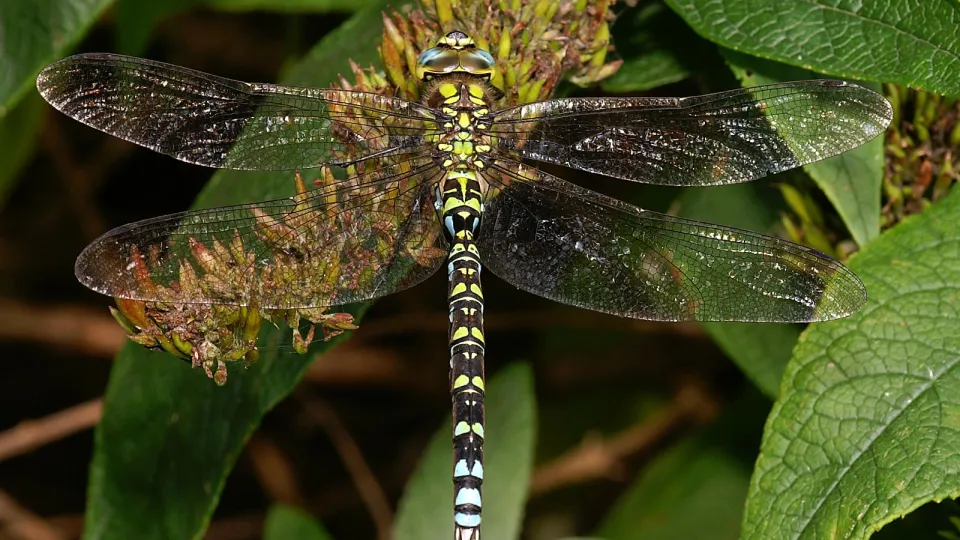
A common dragonfly of ponds, lakes and canals near woodland, the Southern Hawker can be seen patrolling the water or 'hawking' through woodland rides. A fast-flying species, it will catch its prey mid-air.
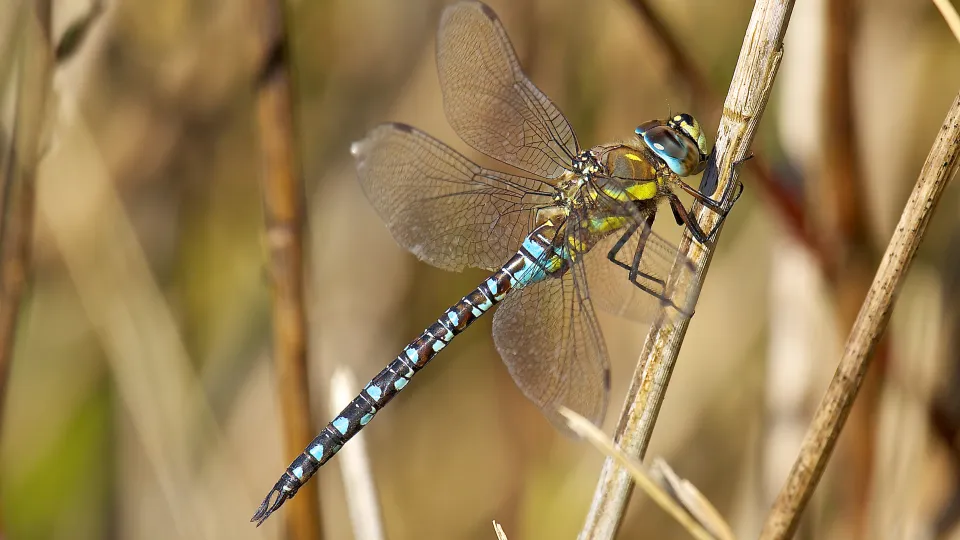
The Migrant hawker is not a particularly aggressive species, and may be seen feeding in large groups. It flies late into autumn and can be seen in gardens, grasslands and woodlands.
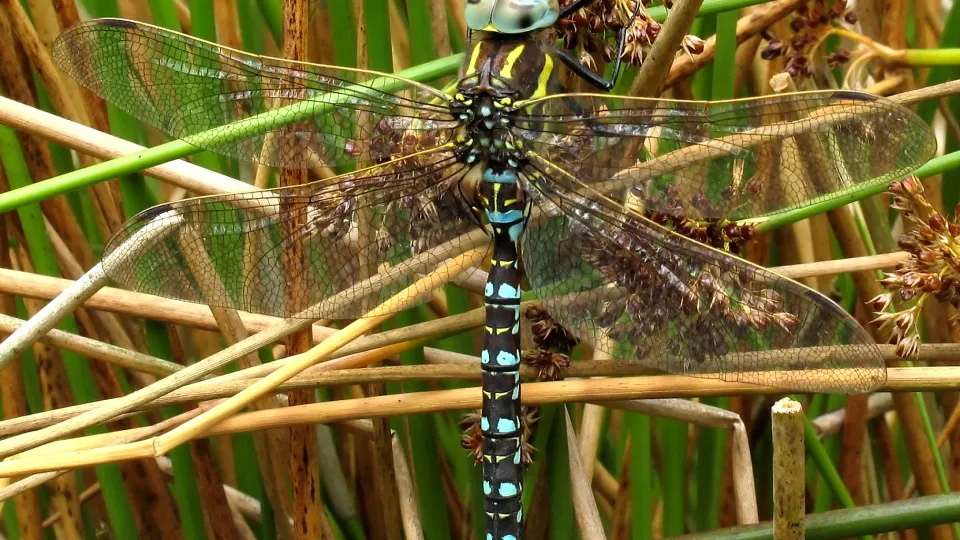
A large hawker, the Common Hawker can be seen throughout the summer and into autumn. A fast-flying insect, it catches its prey mid-air. Look for it around ponds in the uplands of the north and west.
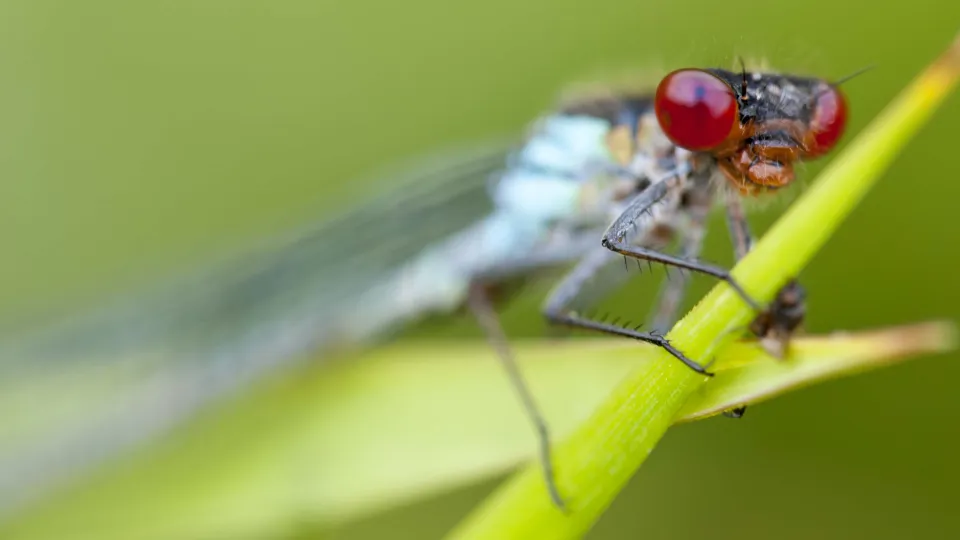
The Red-eyed damselfly is a small, but robust, damselfly of canals, ponds, lakes and slow-flowing rivers. As its name suggests, it has bright blood-red eyes, but a mostly black body.